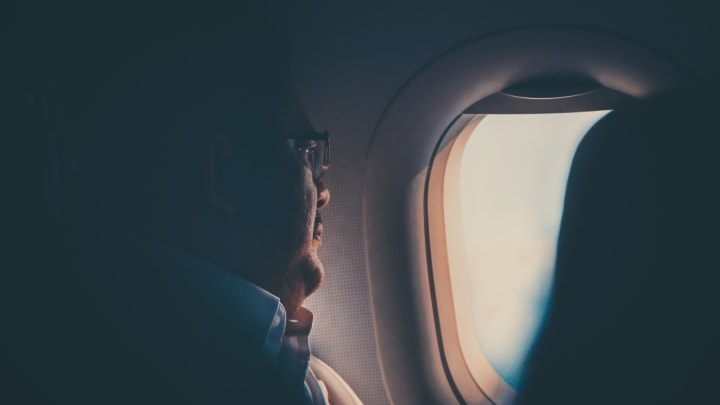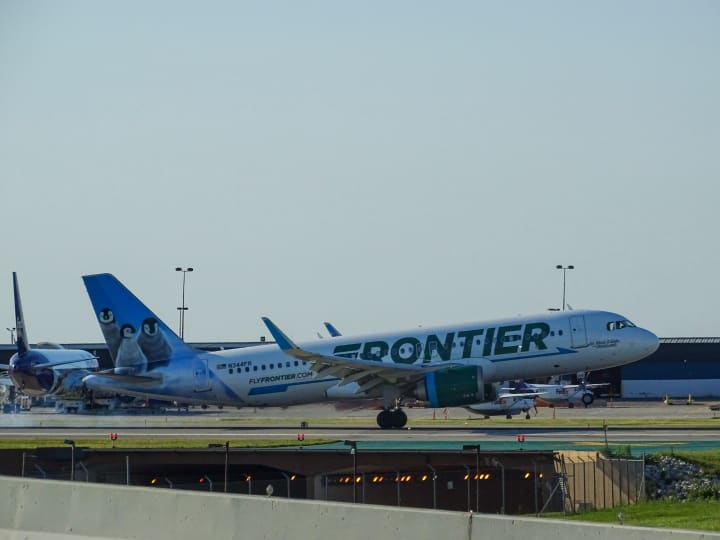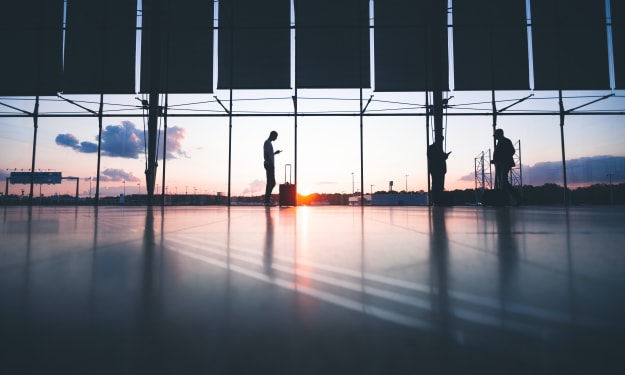Hidden Travel Secrets Most People Don’t Know: Part 2
Airplanes

Airplane doors
If someone were able to open the door mid-flight, they would be immediately pulled out of the plane by a sudden change in air pressure. It could also do serious harm to the aircraft. Fortunately, that's almost impossible. The doors on an airliner open inward while the cabin pressure pushes them out from the inside. The difference between internal and external pressure makes it impossible for the door to open.
Window Shades

It might seem odd that the flight crew cares whether your window shades are up or down. The main reason is so that the passenger's eyes can adjust to the outside light. Mostly, it's just a matter of getting people on and off quickly, but in an emergency, the last thing they want is people stopping to blink before they evacuate the plane. Another reason for all the shades to stay up when the airplane is about to take off or land is for the ground crew to see if there's any trouble on board. For example, if there's a fire in the cabin, the ground crew will immediately notice it and act accordingly. If the shades are down they might lose precious time they would need to rescue the passengers and the airplane crew.
Numbers on the runway
Ever notice the numbers on the end of the runway? They're actually used to show the pilot which direction the plane is facing. For example, the number 36 is short for a heading of 360 degrees or due north. Along with numbers the letters r and l indicate if the nearest runway is to the right or left.
All airplanes have one wing

Every commercial airplane you've been on has only one wing. That's right! The left and right wings are actually two parts of a single wing. The first airplanes were called biplanes because they had two wings, one on the top and the other going through the bottom of the fuselage. They were connected with struts and wires which made a kind of box that basically allowed the aircraft not to fall apart in the air. It was necessary at lower speeds that early planes could only muster, but as the engines increased in power, the second wing became redundant. The single wing still serves as a support for the whole structure though.
The double hook
Looking out the window on the plane's wing, you can see a small yellow double hook on it. It seems strange since it might mess with aerodynamics, but it's there for your safety. In case of an emergency, landing these hooks are used to secure ropes that help passengers exit the plane via the wings. If they're slippery, the rope will help you keep your footing and not fall over while going down.
Streams of air
There are several extremely fast streams of air high up in the atmosphere of our planet. Their paths are meandering, but they have a more or less constant flow allowing A passenger aircraft to use them. When an airplane comes close to a jet stream it may adjust to the direction of its current and fly a lot faster propelled by the flow. Many airlines use this to their advantage to cut fuel costs and make air travel even faster.
Clear air turbulence
Clouds, especially thunderheads can indicate that an area of turbulence is ahead, but sometimes clear air turbulence occurs. When a plane drops a few feet and starts shaking without any warning, it happens when two bodies of air clash at very high speeds and it's absolutely invisible, so the pilots can't tell when it would happen. The chances of getting into an area of clear air turbulence are higher at low altitudes over mountain ranges and near jet streams.
Lightning

Normally, after it's hit by lightning, an airplane is sent for an inspection right after landing, but it can still safely complete its current flight. The fuselage conducts electricity well enough, like with a lightning rod, the zap will most probably strike one of the tips of the airplane, either one of the wings or the nose, then it seeks the ground, but doesn't find it, exiting from the tail. In the end, it's easier for electricity to roll through the surface of the plane than go inside, so people on board are safe from its effects. Still, lightning is powerful and there can be some damage done to the airplane on the outside.
Packing an electric brush
Packing an electric brush in your check-in luggage may land you in trouble. Brushes produced by some brands have lithium batteries inside and those can potentially lead to serious problems in the air. That's why leaving your electric brush in your check suitcase isn't an option, but you're allowed to store them in your carry-on bag. At the same time, if your device runs on double A batteries, you can put it wherever you want.
The no-liquids rule
Anyone who's ever traveled by plane knows about the “no liquids rule,” but not everybody knows that this rule also applies to peanut butter, toothpaste, creams, lotions, liquid makeup, lava lamps, snow globes, some kinds of medications, deodorant, and even gel shoe inserts.
Landing spots

Now, let's go outside for a while and look at those landing spots. Airports charge airline companies huge fees for landing on their runways on certain days and at particular times, but the most interesting thing is that the landing spots can be bought and sold. For example, in 2016, Oman Air paid Air France around 75 million dollars for one early morning arrival slot at London Heathrow Airport. You must have noticed that airfare has increased over the past decade, that's because of the extremely high prices of landing slots.
Dispatchers
Dispatchers don't only control the planes in the sky, as you can often see in the movies, but they also look after their movements on the ground. They also control the lighting on the runways. There are three types of air traffic controllers: en-route, terminal, and tower. Each of these dispatchers has their own area of responsibility. One dispatcher has about five monitors and the information on them is constantly changing since the monitors show weather conditions and information about other planes.
Celebrities on-board
While flying, you might have a celebrity on board, but you won't know it. Large airports have separate check-in and security procedures for celebrities. They often board the plane directly through a hidden door located beside the jet bridge. Some airlines also use cool cars to transfer VIP passengers from the terminal building to the plane at the same time.
About the Creator
Mzingaye Ndubiwa
Just a writer and a poet, documenting life.






Comments
There are no comments for this story
Be the first to respond and start the conversation.